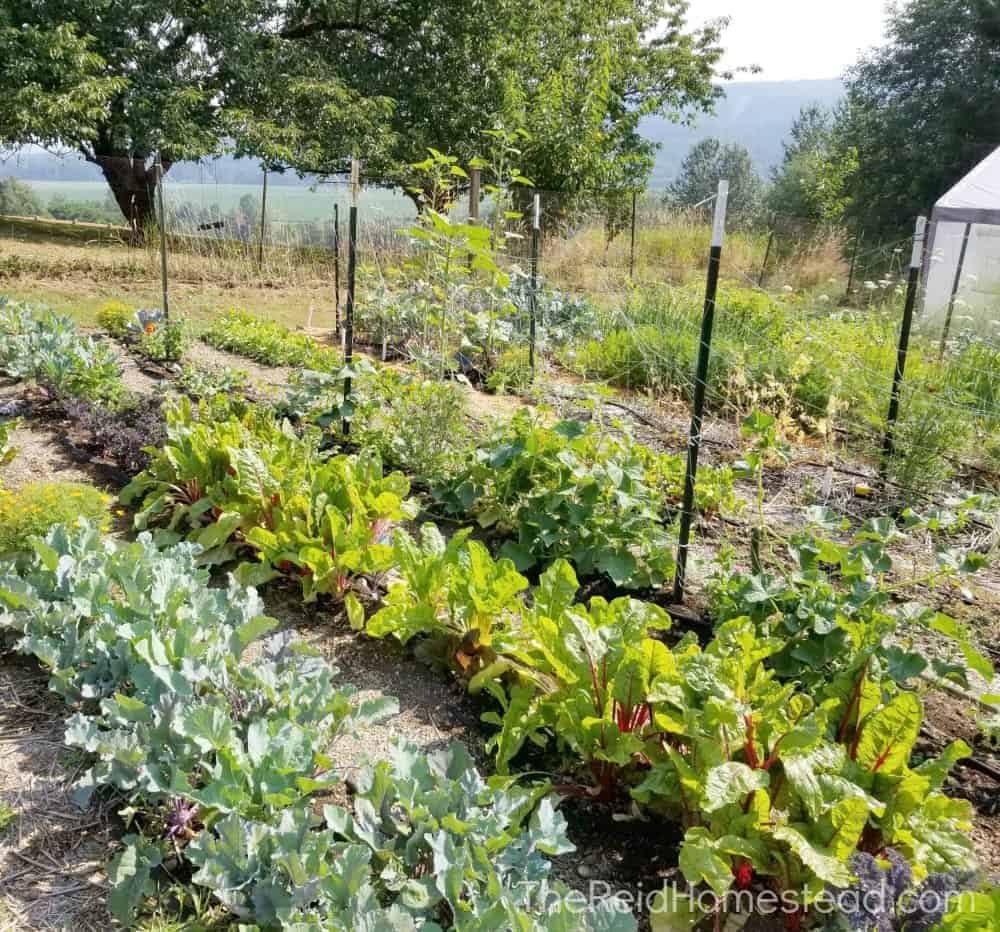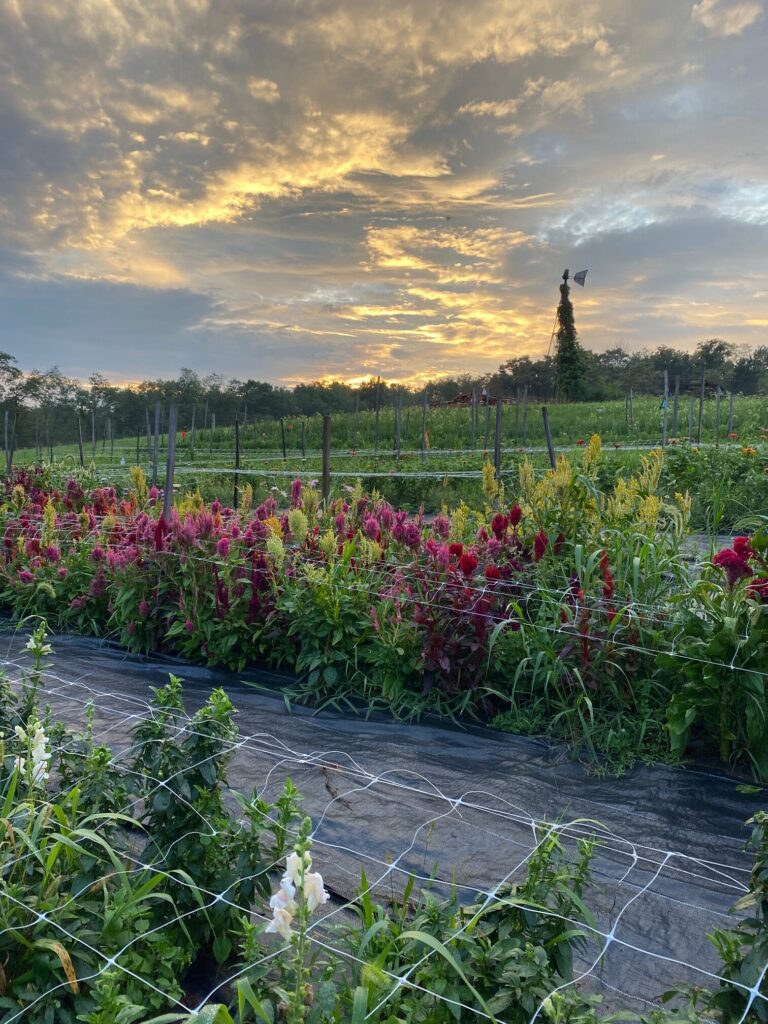Enhance Your Outdoor Area With Creative Gardening Styles and Styles
By exploring numerous styles, such as the enchanting informality of home yards or the minimalism of contemporary appearances, one can considerably raise the setting of their surroundings. Furthermore, incorporating upright horticulture strategies and lasting techniques not only improves visual allure however additionally promotes ecological awareness.

Cottage Yard Appeal
Home yards, usually defined by their lavish, casual formats, embrace a harmonious mix of flowers, natural herbs, and vegetables, producing a vibrant tapestry of shade and scent. This conventional gardening style go back to the late 19th century, coming from England, and is valued for its enchanting, romantic charm.
Trick aspects of home gardens include making use of perennial plants, climbing vines, and self-seeding annuals, which add to an ever-evolving landscape. Growing in dense collections encourages a naturalistic look, permitting for a diverse mix of shades and textures. Popular flowers such as hollyhocks, foxgloves, and delphiniums come together with great smelling natural herbs like lavender and rosemary, enhancing sensory experiences while promoting biodiversity.
Integrating rustic attributes, such as weathered trellises, wooden fences, or rock pathways, additionally improves the aesthetic of a cottage garden. This style not only focuses on charm but also accepts sustainability, as many plants are picked for their ability to bring in pollinators and supply food. Inevitably, the cottage yard charm hinges on its loosened up, inviting atmosphere, motivating a deep connection with nature while using an ideal retreat for relaxation and enjoyment.
Modern Landscape Visual Appeals
While the charm of cottage yards evokes a feeling of nostalgia and whimsy, modern-day landscape appearances embrace an even more streamlined and minimal approach. This contemporary style emphasizes simplicity, capability, and an integration with the surrounding setting. Clean lines, geometric forms, and a restricted color combination define modern landscaping, enabling nature's appeal to take facility phase without unneeded disturbances.
Products play a crucial duty in accomplishing this visual. Concrete, steel, and all-natural rock are frequently used to create hardscapes that complement the landscape as opposed to bewilder it. Additionally, the mindful choice of plants is basic; decorative lawns and indigenous species are often preferred for their low upkeep and ability to thrive in regional problems.
Water features, such as streamlined fish ponds or showing swimming pools, are additionally important to modern styles, supplying peacefulness and a centerpiece. Sustainable methods, consisting of xeriscaping and the usage of permeable materials, enhance the ecological duty of modern-day landscaping. Ultimately, modern landscape aesthetic appeals use an opportunity to create serene exterior areas that show contemporary worths while cultivating a deeper connection to nature.
Upright Horticulture Advancements
Vertical horticulture developments have changed the method we approach horticulture in limited spaces, enabling the cultivation of plants in urban settings where ground room is limited. These innovative strategies and structures permit gardeners to maximize upright surfaces, transforming walls, fencings, and even porches into lavish eco-friendly rooms.
One popular development is making use of modular systems, which include interlacing panels that can be easily set up and rearranged - Homestead Gardening. These panels commonly come geared up with integrated watering systems, making sure that plants obtain sufficient dampness while lessening water waste. In addition, vertical yards can incorporate a range of plants, from flowering types to edible herbs, promoting biodiversity and enhancing visual appeals
Another notable advancement is the combination of wise modern technology, such as sensing units that keep track of soil wetness and nutrient degrees. This modern technology permits specific treatment customized to the requirements of individual plants, making sure optimal development and health. Light-weight products and vertical planters made from recycled products add to sustainability while decreasing the physical worry of typical horticulture.
Lasting Gardening Practices
Lasting horticulture methods have become a crucial technique for gardeners seeking to minimize their ecological effect while improving the health of their communities. These practices concentrate on the cautious administration of natural sources, promoting biodiversity, and promoting a resilient landscape.
One crucial element of sustainable horticulture is dirt wellness. Using natural garden compost, mulching, and plant turning improves the dirt, advertising useful microorganisms and reducing the demand for chemical fertilizers. Additionally, indigenous plants are motivated, as they need less water and are more immune to regional pests, hence lowering reliance on pesticides.

In addition, lasting gardening encourages using recycled products for garden frameworks and pathways, reducing waste and ecological impact. By embracing these practices, garden enthusiasts can create a successful outdoor area that integrates with nature, ensuring both personal satisfaction and ecological obligation.
Themed Garden Inspirations
Producing a themed yard can transform a common exterior area right into a fascinating refuge that shows personal design and interests. Themed yards provide a special opportunity to express creative thinking while improving the aesthetic appeal of one's landscape. Popular motifs include Japanese Zen yards, which emphasize harmony via thoroughly arranged rocks, water functions, and minimalist plantings.
An additional inspiring motif is the home garden, defined by a casual format loaded with a wealth of colorful blossoms and great smelling natural herbs. This style promotes biodiversity and attracts pollinators, making it both ecologically advantageous and stunning.
For those with a propensity for journey, an exotic yard can evoke a vacation feeling, including strong foliage, dynamic blooms, and perhaps also a tiny water feature to mimic a hotel atmosphere.
Additionally, a themed garden can attract inspiration from literature or background, such as a Shakespearean garden that includes plants mentioned in other the Poet's jobs.
Picking a theme not just offers instructions in plant choice and design but likewise creates a natural atmosphere that invites expedition and pleasure, making outdoor rooms genuinely unique.
Conclusion

Incorporating rustic functions, such as weather-beaten trellises, wood fences, or stone pathways, better boosts the aesthetic of a cottage garden. In addition, upright yards can incorporate a range of plants, from blooming varieties to edible natural herbs, advertising biodiversity and enhancing visual appeals.
Producing a themed yard can change a common outside room right into a fascinating shelter that mirrors individual design and passions. Themed yards use an unique chance to share imagination while enhancing the aesthetic charm of one's landscape. The charm of cottage yards, the sleekness of contemporary landscapes, cutting-edge vertical gardening strategies, lasting practices, and themed yards each add unique this hyperlink elements that foster both charm and performance.